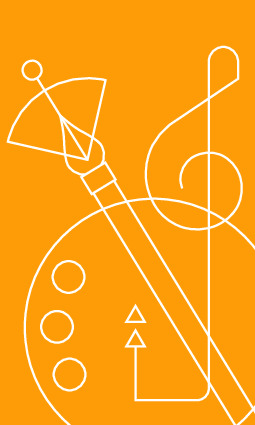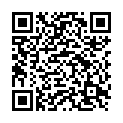|
|
|
| Module code: BAKM-029 |
|
|
2S (2 hours per week) |
|
3 |
| Semester: 1 |
| Mandatory course: yes |
Language of instruction:
German |
Assessment:
Written composition or written examination, type and duration of the examination for the selected topic are specified in the module handbook.
[updated 19.11.2019]
|
Exam recurrence:
The information regarding exam recurrence is found within the exam policy of the study programme (ASPO).
|
BAKM-029 (P430-0023) Cultural Management, Propädeutikum, ASPO 01.10.2020
, semester 1, mandatory course
|
30 class hours (= 22.5 clock hours) over a 15-week period.
The total student study time is 90 hours (equivalent to 3 ECTS credits).
There are therefore 67.5 hours available for class preparation and follow-up work and exam preparation.
|
Recommended prerequisites (modules):
None.
|
Recommended as prerequisite for:
|
Module coordinator:
Prof. Dr. phil. Christian Bauer |
Lecturer:
Prof. Dr. phil. Christian Bauer
Dozierende des Studiengangs
[updated 06.11.2019]
|
Learning outcomes:
After successfully completing this module, students will:
_ be familiar with basic design theoretical categories, methods and concepts and be able to apply them to examples from the field of visual communication,
_ be able to create a basis for theoretical knowledge about the conditions, justifications and relationships that can be created by and with design,
_ be able to systematically and methodically acquire, classify and interpret historical knowledge about design,
_ be able to present the knowledge they have acquired in a structured form and, in the course of their research, independently make critical statements and justify them,
_ be able to describe and critically analyze phenomena relevant to life and work.
[updated 19.11.2019]
|
Module content:
_ History and theory of design (communication design, sociodesign, product design etc.)
_ Visual rhetoric and semiotics
_ Design theoretical challenges
_ Scientific research
_ Topics from the field of design research
_ Analysis of complex design theoretical problems with reference to historical, social and technological transformations
_ The social responsibility of design
[updated 19.11.2019]
|
Teaching methods/Media:
Seminar
[updated 19.11.2019]
|
Recommended or required reading:
_ Aicher, Otl: analog und digital. mit einer einführung von wilhelm vossenkuhl, Berlin 1991.
_ Braun, Uli / Höger, Hans / Stutterheim, Kerstin (Hrsg.): Design & Geschichte. Texte zum Umgang mit Historie als Teil des gestalterischen Handelns (=Querfeldein, Bd. 2) Weimar 2009
_ Brandes, Uta / Erlhoff, Michael / Schemmann, Nadine: Designtheorie und Designforschung, Paderborn 2009
_ Buchholz, Kai u. Theinert, Justus unter Mitarbeit von Silke Ihden-Rothkirch: Designlehren. Wege deutscher Gestaltungsausbildung, Stuttgart 2007
_ Eckstein, Hans: Formgebung des Nützlichen. Marginalien zur Geschichte und Theorie des Designs, Düsseldorf 1985
_ Friedrich, T. u. G. Schweppenhäuser: Bildsemiotik. Grundlagen und exemplarische Analysen visueller Kommunikation, Basel 2010
_ Godau, Marion: Produktdesign. Eine Einführung mit Beispielen aus der Praxis, Basel 2003.
_ Kries, Mateo: Totales Design. Die Inflation moderner Gestaltung, Berlin 2010
_ Mareis, Claudia: Theorien des Designs zur Einführung, Hamburg 2014
_ Papanek, Viktor: Design for the Real World. Human Ecology and Social Change, London 20162
_ Schneider, Beat: Design _ Eine Einführung. Entwurf im sozialen, kulturellen und wirtschaftlichen Kontext, Basel, Boston, Berlin 2005
_ Schweppenhäuser, Gerhard u. Bauer, Christian: Ethik im Kommunikationsdesign. Verständigung, Verantwortung und Orientierung als Kriterien visueller Gestaltung, Würzburg 2017
_ Selle, Gert: Geschichte des Design in Deutschland, Frankfurt/M.,1994
[updated 19.11.2019]
|


